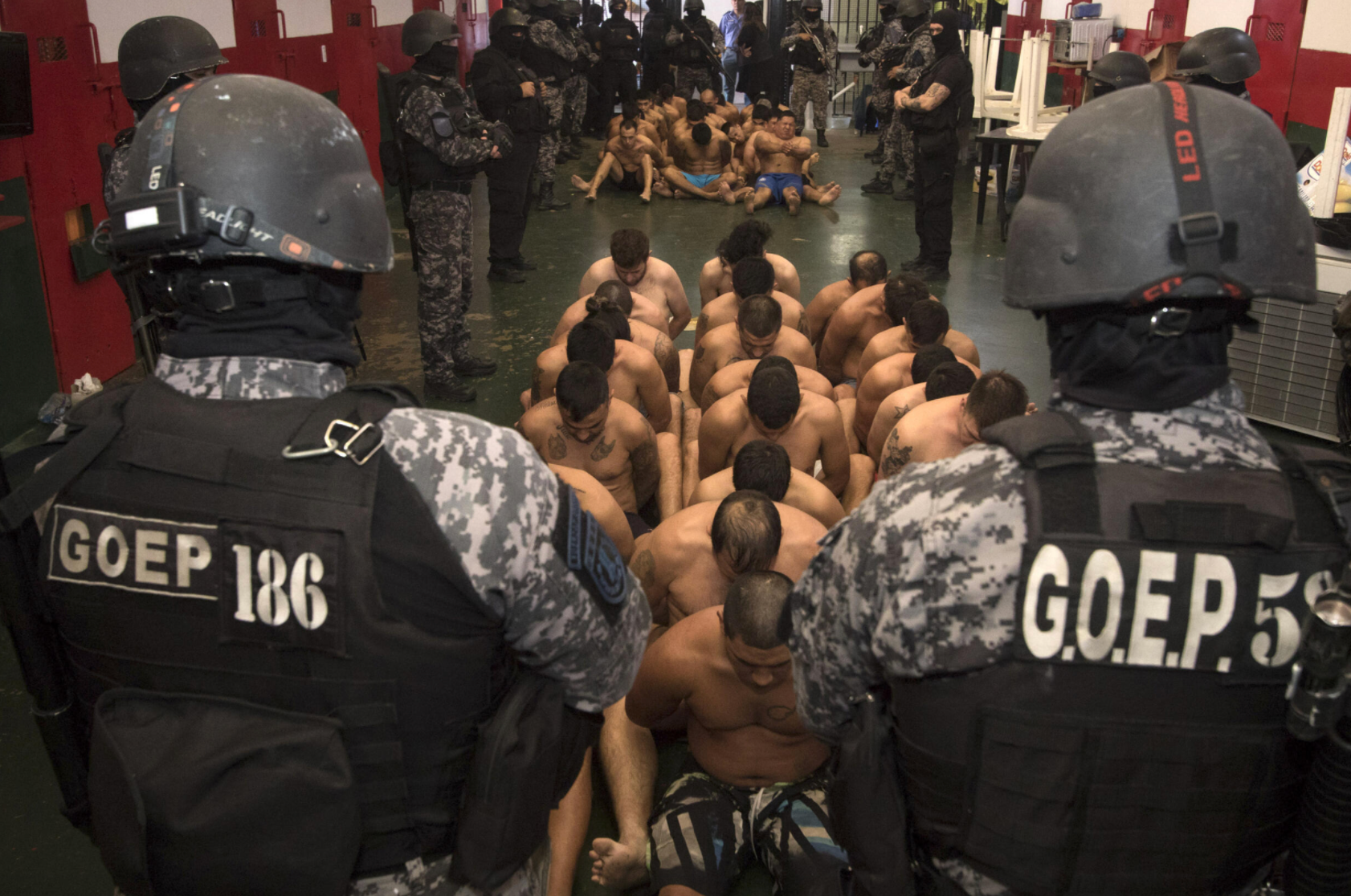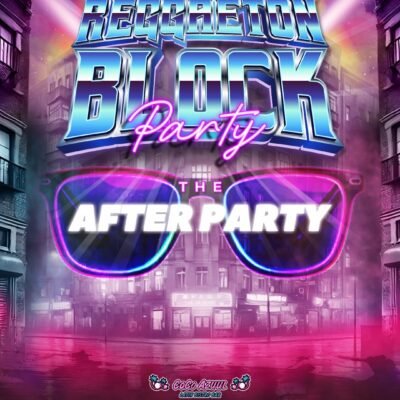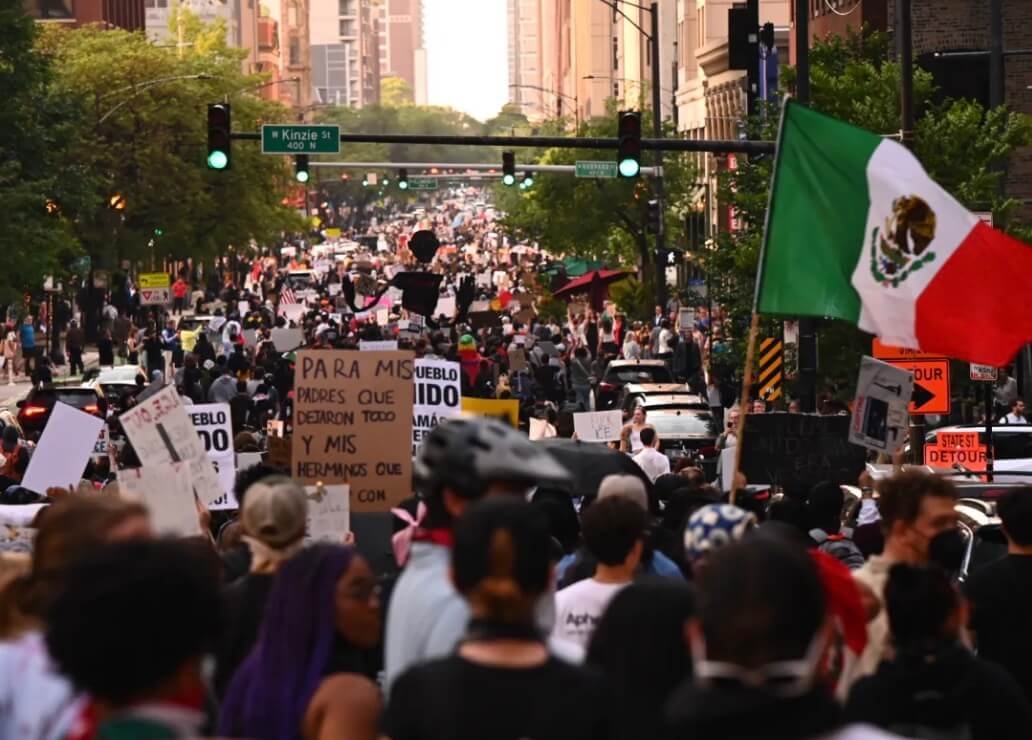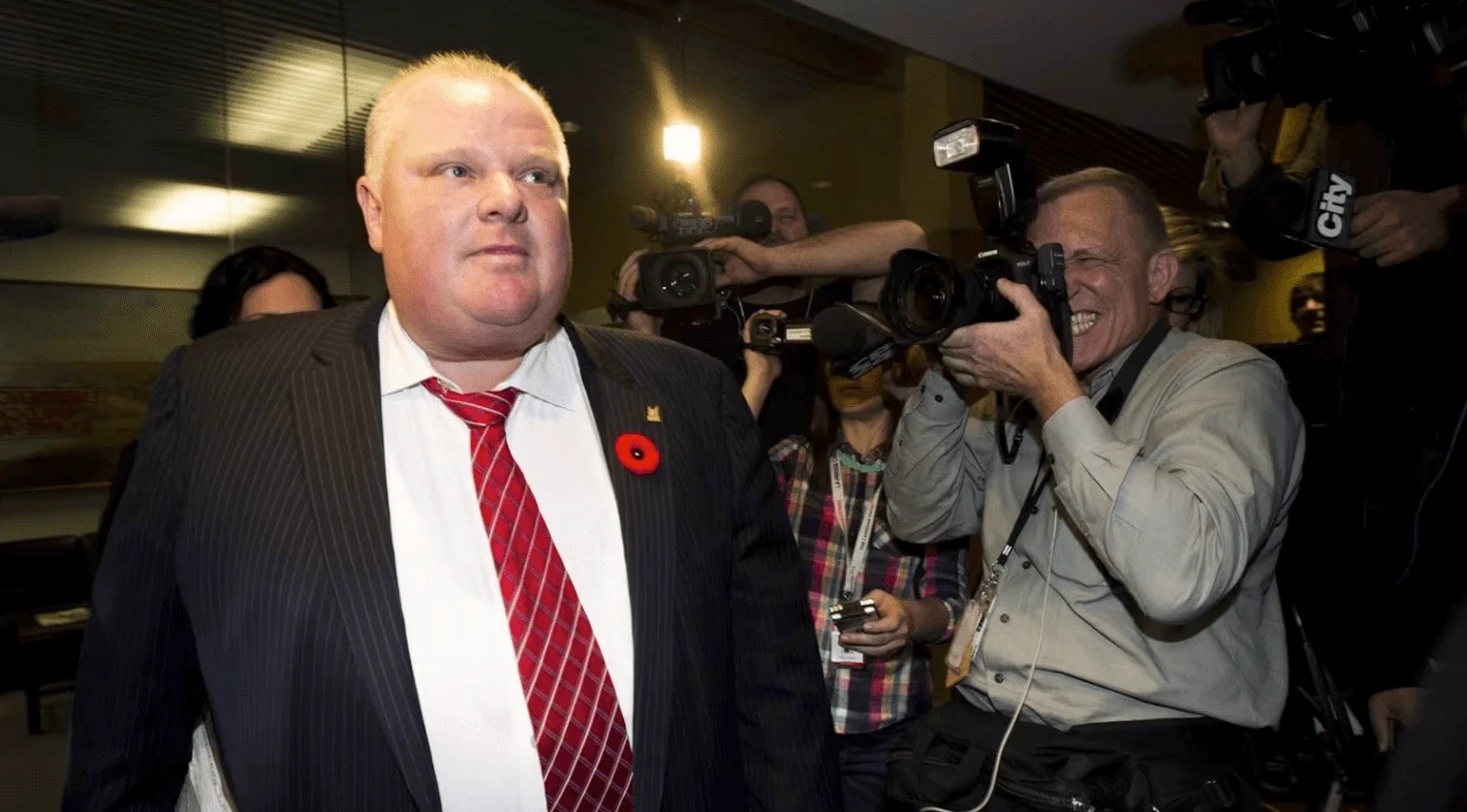In countries like Ecuador and El Salvador, a common sight is that of shirtless prisoners, subdued and lined up under the watch of heavily armed police, as a result of gang violence. Responding to drug-related gang unrest, the governor of Santa Fe, Argentina, notorious for its high crime rate, has released similar photos, signaling a crackdown on narcos and a pledge to complete a long-delayed maximum security prison. This approach, reminiscent of El Salvador’s President Nayib Bukele’s hardline tactics, has been dubbed “Bukelization.” The governor, Maximiliano Pullaro, has implemented stricter conditions for prisoners, particularly gang leaders, leading to numerous death threats. The aim is to deter druglords, with officials vowing harsh consequences once the new prison is operational.
Rosario, the capital of Santa Fe, is known for its high murder rate and as the birthplace of football icon Lionel Messi. Situated on a key port along the Parana River, Rosario serves as a hub for drug trafficking from Bolivia, Brazil, and Paraguay to Europe and Asia. The release of prison photos by the regional government has coincided with a surge in violence, including attacks on prison staff and civilians. Prosecutors believe these incidents are meant to draw attention and instill fear.
Similar tactics have been employed in El Salvador, where President Bukele’s crackdown on gangs resulted in a significant drop in the murder rate. However, concerns have been raised about human rights abuses and inhumane conditions in prisons. Despite criticism, Bukele’s methods have gained admiration across Latin America, where communities are weary of gang violence and ineffective prison systems controlled by cartels.
While some, like Argentine President Javier Milei, have lauded Pullaro’s approach for purportedly reducing murders, fact-checkers have disputed the accuracy of the statistics. Critics argue that such tactics fuel identity-based violence and are counterproductive in addressing the root causes of crime.








0 Comments